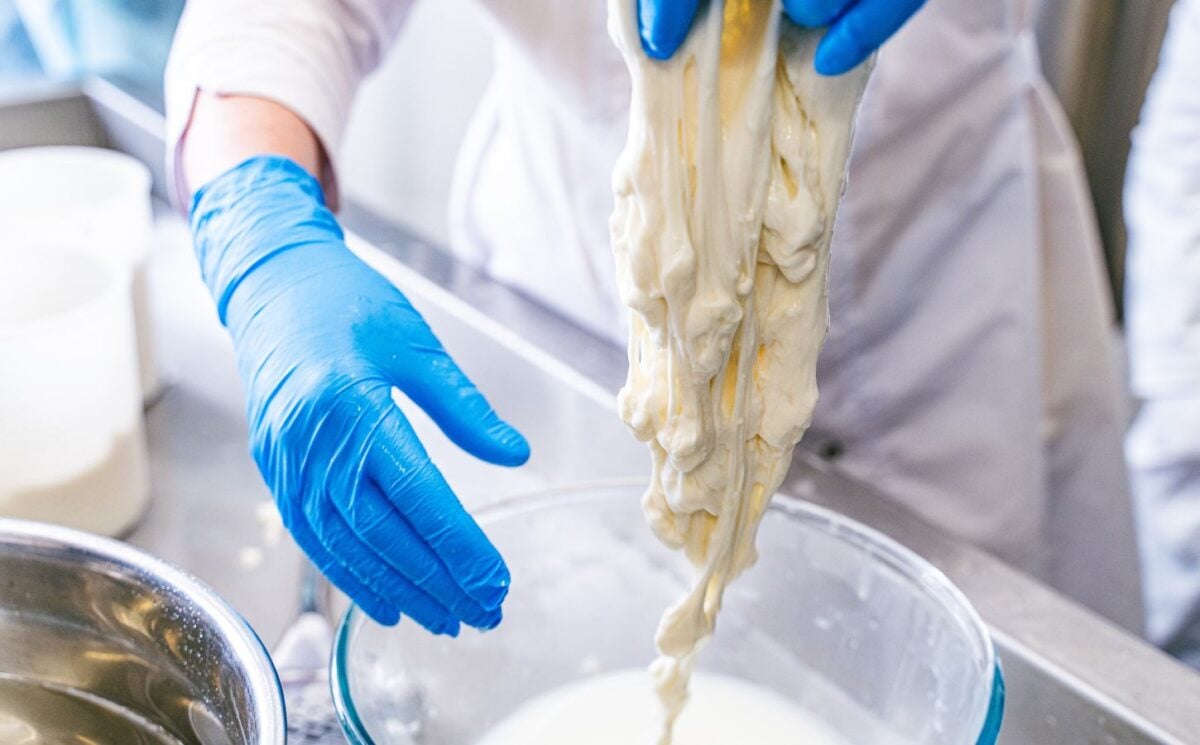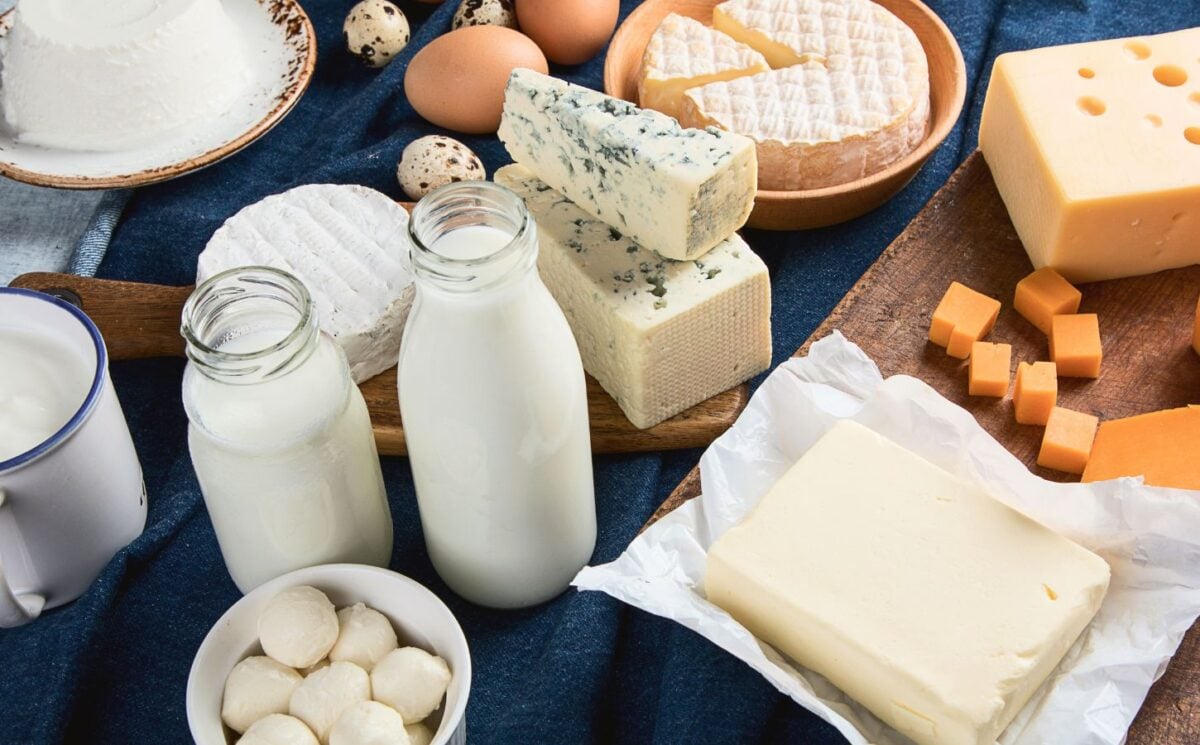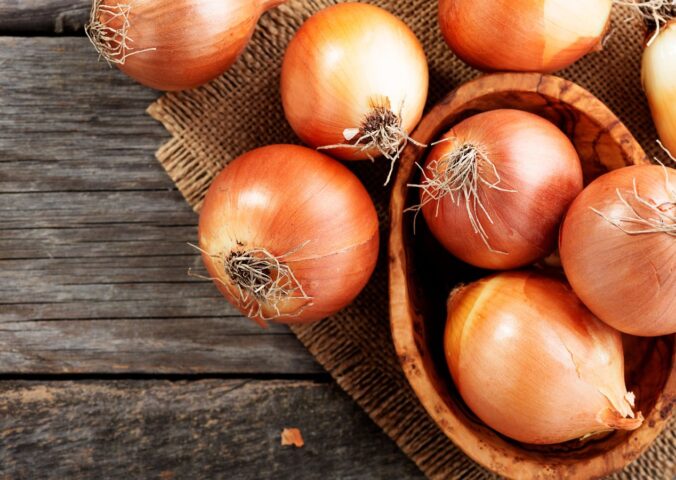People who consume dairy may think of milk as something pure, given its white coloring and minimal processing. But it has become one of the most likely foods to be targeted for illegal “adulteration,” with cheap substances added to it to make it more profitable. It’s not just dishonest — it also poses a serious risk to the health of those who consume adulterated dairy.
Read more: Meat And Dairy Use ‘Tobacco Tactics’ To Market Products, Report Finds
Adulteration is a type of food fraud, a serious problem affecting many types of food. These include olive oil, honey, fruit juices, meat, and fishes. Food fraud broadly involves consumers being misled about what’s in the products they buy or where they have come from.
Any products made with dairy are at risk of adulteration, though the most frequent cases are related to cheese products. Here’s everything you need to know about the adulteration of dairy.
What is dairy adulteration?
One of the most common types of dairy adulteration is the addition of water or other substances such as urea to milk to increase its volume and thickness. Incidents of this were uncovered in India and Pakistan in 2018.
Milk can also be contaminated with chemicals, sometimes with deadly consequences. In 2008, milk produced in China was discovered to have had melamine added to it to boost its nitrogen content after it was diluted with water. Melamine is not approved for human consumption, being an industrial chemical compound used to make formaldehyde resins. As a result of this contamination, there were reports of children dying in China. The adulterated milk products ended up in 47 other countries.

Another common form of adulteration is the use of milk from species other than what the consumer thinks they are buying. For example, mozzarella sold in many supermarkets and used in restaurants is mislabelled as buffalo mozzarella when it’s actually made partially or entirely from cow’s milk. Products labelled as “buffalo mozzarella” must be made only using buffalo milk and cost a lot more than other kinds of mozzarella which can be made with cow’s milk. There have also been cases of goat’s milk being mixed with cow’s milk, which is cheaper, to increase profits.
Sometimes the fat content of milk is altered by the addition of cheaper fats such as vegetable oils. This is because milk producers may separate out milk fat and sell it separately, so they try to boost the milk’s fat content cheaply. There have also been cases of detergent or starch being used to change the appearance and texture of milk.
Contamination
Aside from intentional tampering with dairy products, they can also become accidentally contaminated during production and processing. Substances including antibiotic residues, pesticides, heavy metals, and organic pollutants can contaminate milk during production if cows are exposed to them.
Read more: AHDB Relaunches Meat And Dairy Campaign Despite Criticism From Doctors
During transportation of milk, contamination with antibiotics and pathogens can also occur if equipment is not cleaned properly. At the processing stage, there have been case of foreign matter such as plastic, glass, and hair making their way into dairy products.
Where is adulteration a risk?
There’s a much higher risk of dairy adulteration in low and middle income countries, which sometimes lack proper monitoring and law enforcement for food safety.
In European countries, using milk from another species and dilution of milk with water are the most likely forms of dairy adulteration.
Why does adulteration happen?
The main reason that milk manufacturers will adulterate products is for financial gain. Higher quality milk fetches a higher price for suppliers, who may try to boost its value through adulteration. The quality of milk is usually determined by its protein and fat contents, so substances are used that appear to improve these. Using cheaper sources of milk in high-priced dairy products like buffalo mozzarella will also boost a supplier’s profit margins.
Dairy adulteration also happens because the supply is insufficient to meet growing demand for milk products. During warm months, milk production dips and is more susceptible to spoilage during transport. This can also lead to milk being tampered with to try and make it last longer, using illegal chemical preservatives.
Methods of dairy adulteration have become more sophisticated over the years, with substances used that are harder to detect through testing. But scientists are always developing new techniques to help uncover this particular kind of food fraud.
Hybrid dairy products
The problem with dairy adulteration and food fraud is that it intentionally misleads consumers, potentially risking their health. This is different from when a dairy product is created with transparency about its inclusion of its non-dairy ingredients, as is the case with the emerging trend for “hybrid” dairy products.
In efforts to meet consumer demand for healthier and more environmentally-friendly foods, some dairy manufacturers have started making products that blend dairy with plant-based ingredients. A company called Smug Dairy recently released dairy and oat blends of milk, cheese, and butter. Danone made a dairy and plant-based hybrid baby formula. French company Triballat Noyal has made half-dairy, half-plant milks.
Read more: Dairy Company Reopens Former Cow’s Milk Plant As Plant-Based Facility






